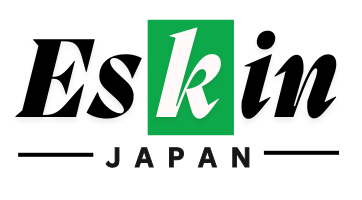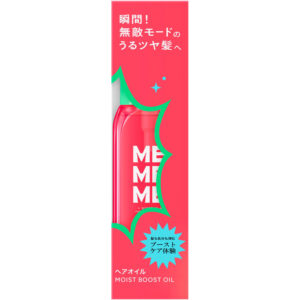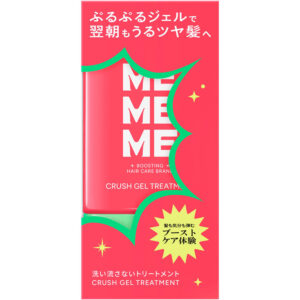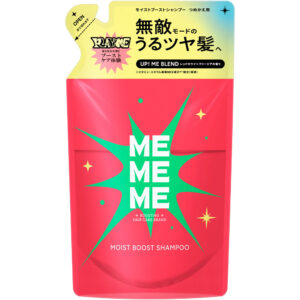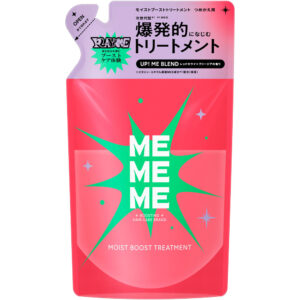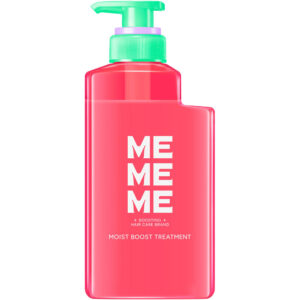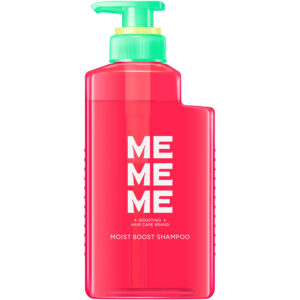From Ancient Rituals to Global Beauty Innovation
Japan’s skincare culture is deeply rooted in centuries of tradition, philosophy, and innovation. Long before modern-day serums and sunscreens, Japanese people were already embracing the power of natural ingredients and refined rituals to care for their skin.
🏺 The Beginning – Ancient Traditions (300–710 AD)
The earliest traces of skincare and beauty in Japan date back to the Kofun period (300–710 AD). Clay haniwa figurines show that people used red pigments to paint their faces, symbolizing beauty, status, and even spiritual protection.
🧧 Sixth Century – Influence from China and Korea
By the late 500s, Japanese beauty culture began to evolve through contact with Chinese and Korean cultures, introducing powders and rouge to local customs. In 692 AD, a Buddhist monk named Kanjo created Japan’s first lead-based face powder, impressing Empress Jito and setting a new standard for beauty.
👘 Heian Period (794–1185) – The Rise of Japanese Aesthetic

During this golden age of Japanese court life, beauty rituals became uniquely Japanese. Women applied white face powder, repainted eyebrows higher on the forehead, and blackened their teeth – all to express elegance and refinement. Long, straight hair and smooth, pale skin were the height of beauty.
⚔️ Muromachi & Edo Periods (1333–1868) – Artisans and Innovation

Cosmetic artisans gained popularity, and by the Edo period, skincare and makeup were essential to daily life. A classic beauty routine included:
- White face powder (symbol of beauty and status)
- Red safflower rouge (for lips and cheeks)
- Black tooth lacquer (a mark of marital status and adulthood)
During this time, beauty products were often handmade and used natural ingredients like safflowers, rice bran, and camellia oil.
🎌 Meiji Era to Early 20th Century – Modernization and Western Influence
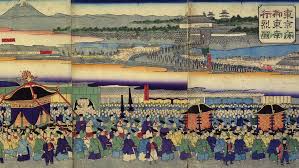
In 1870, the Meiji government began modernizing Japan. Tooth-blackening and eyebrow shaving were outlawed, and lead-free powders emerged by 1904 due to health concerns.
The Taisho period (1912–1926) brought more Western-style beauty products, such as tube lipsticks, cold creams, and emulsions. Skincare shifted toward convenience and personal care.
📺 Post-War Boom – The Birth of Modern J-Beauty
After World War II, American beauty trends flooded into Japan. By the 1950s, products like pancake makeup became mainstream. In the 1970s–1980s, skincare started to reflect individual identity, with more focus on personal expression, eye makeup, and eyebrow styling.
💫 Present Day – Japanese Skincare Leads the World
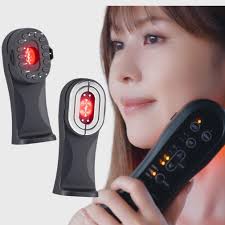
Today, Japanese skincare combines centuries-old rituals with cutting-edge science. From cleansing oils and essences to sunscreens and moisturizers, Japanese beauty brands are known for their high standards, gentle formulas, and focus on skin health.
Modern trends highlight:
- Minimalist routines (less is more)
- Natural and fermented ingredients
- Sun protection and anti-aging
- Medicated and functional cosmetics
✨ A Legacy of Beauty
At ESKIN JAPAN, we celebrate this rich heritage by offering skincare that’s not only effective—but also deeply rooted in the culture of self-care, purity, and respect for nature.
Experience the beauty of tradition with the innovation of today.
